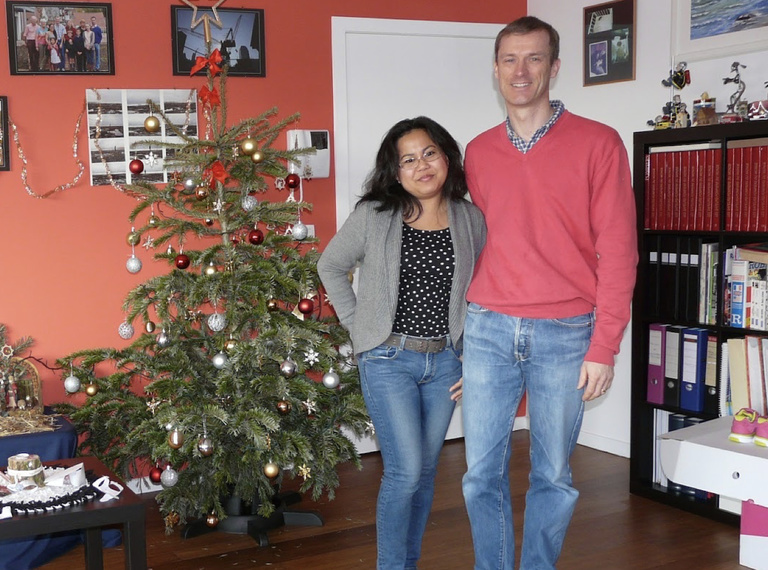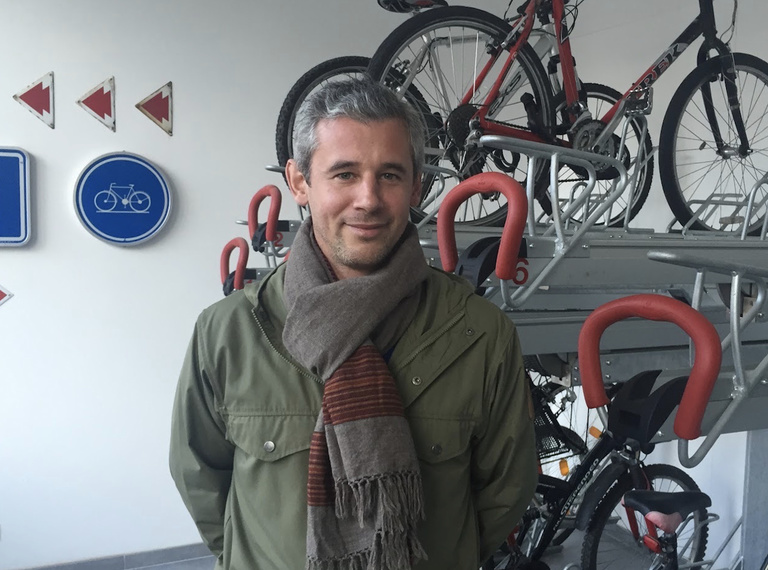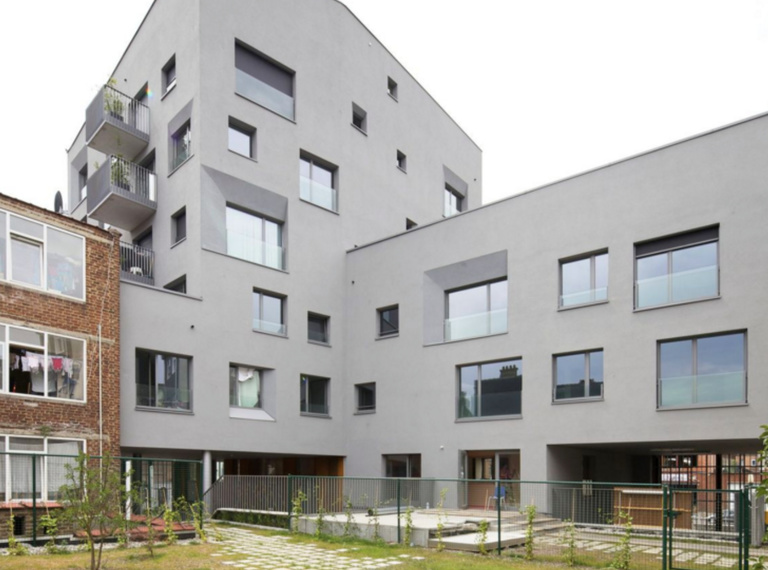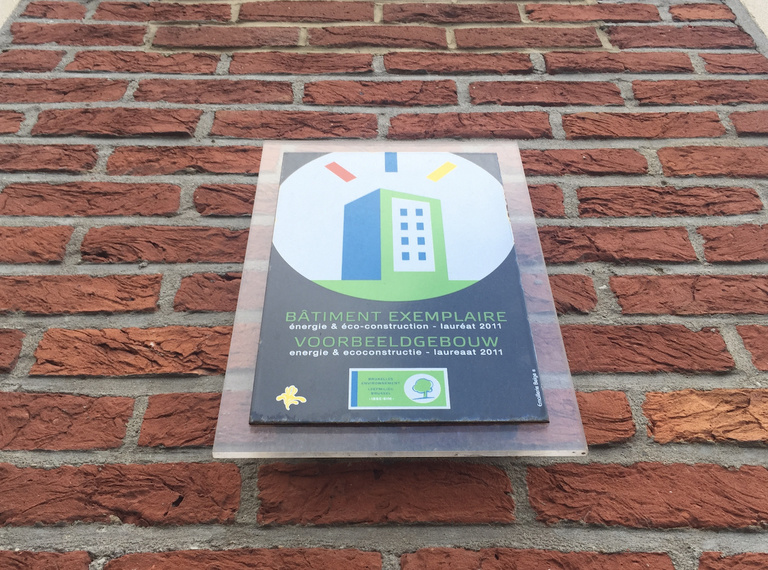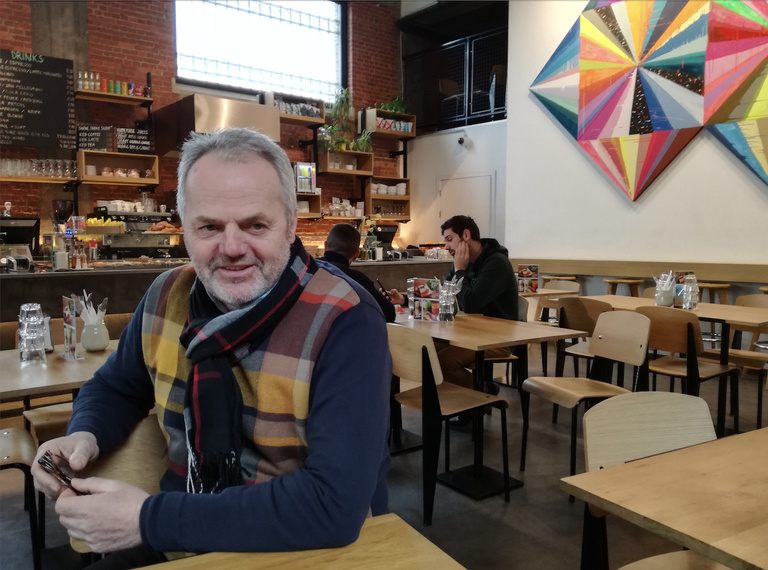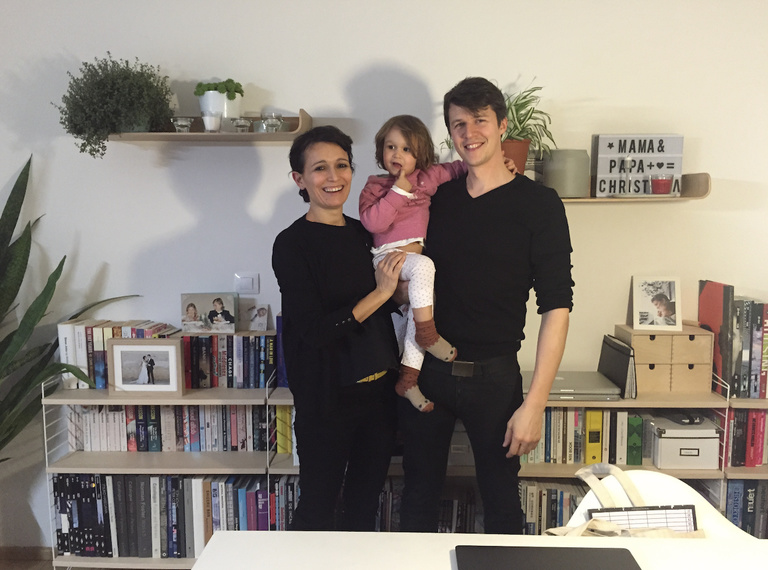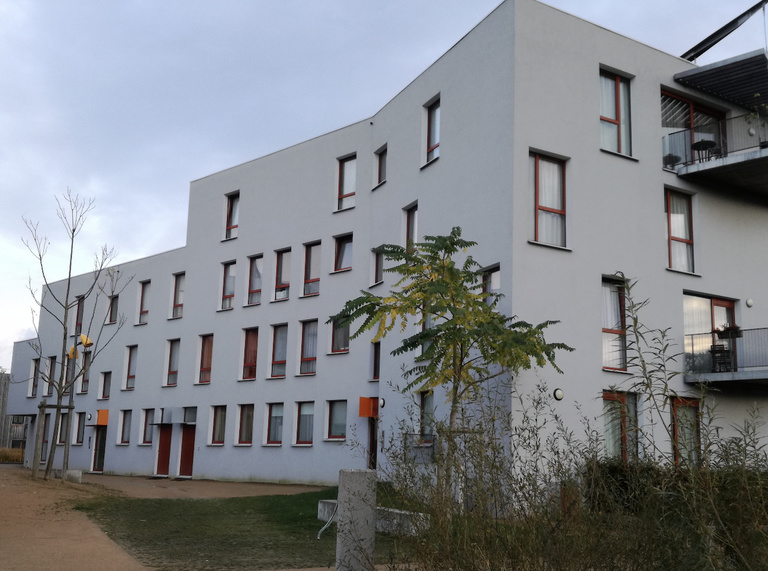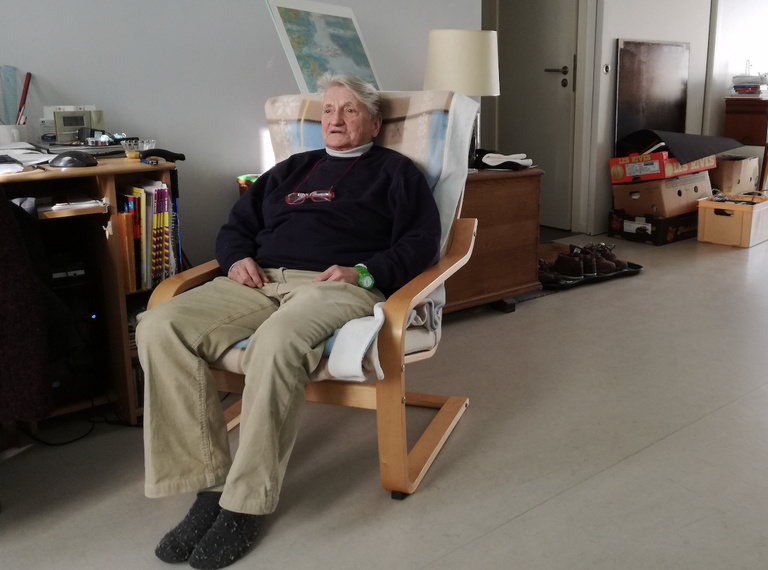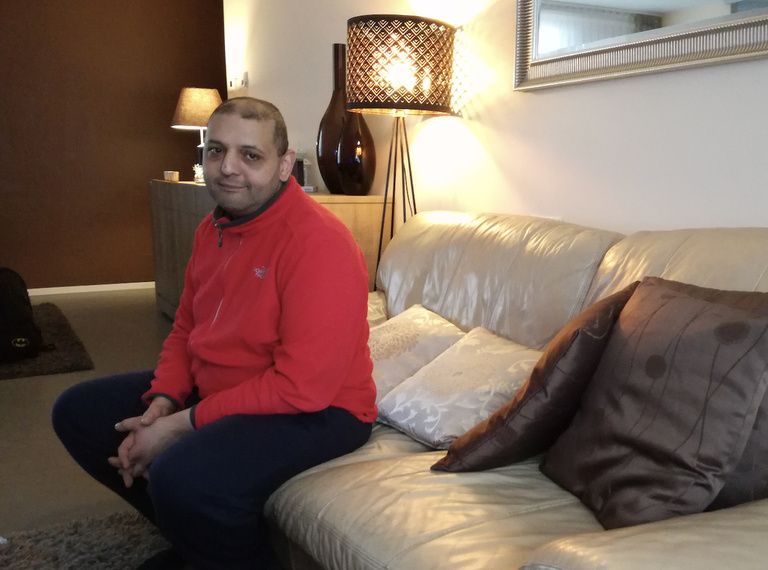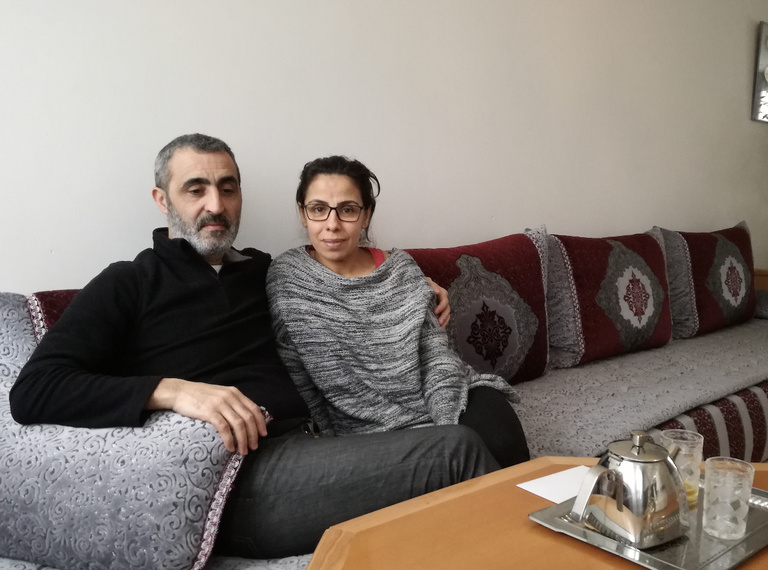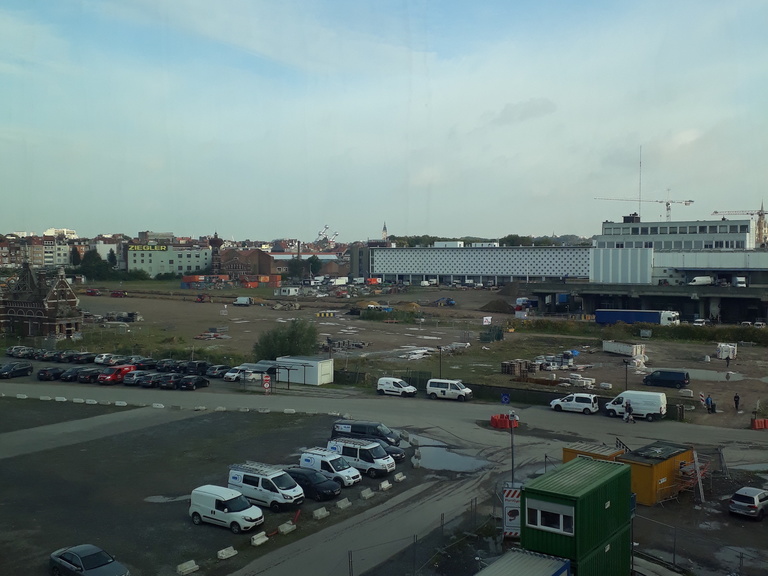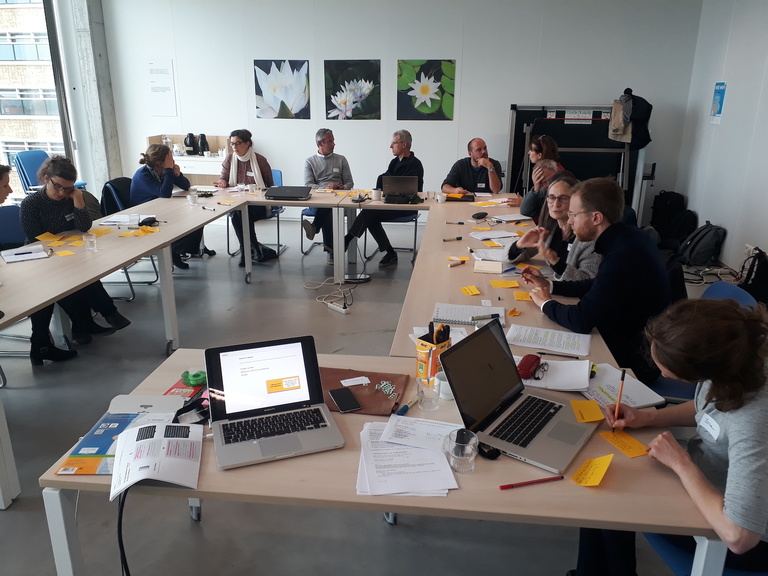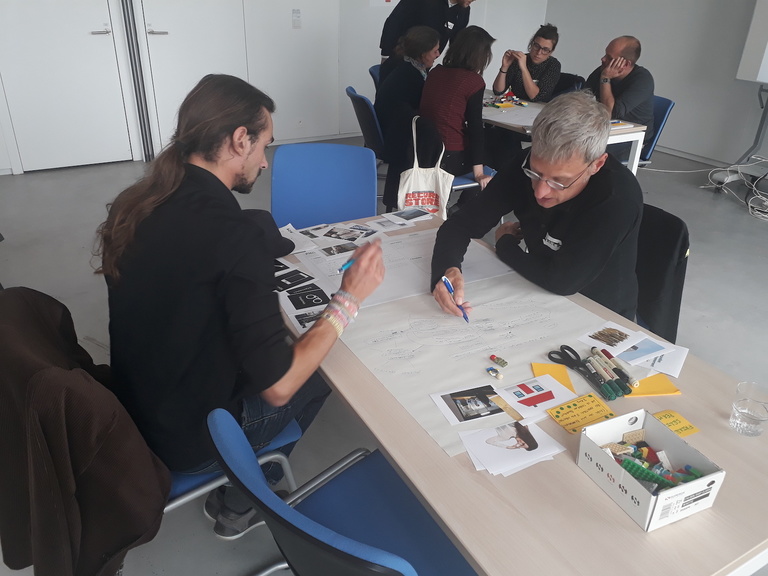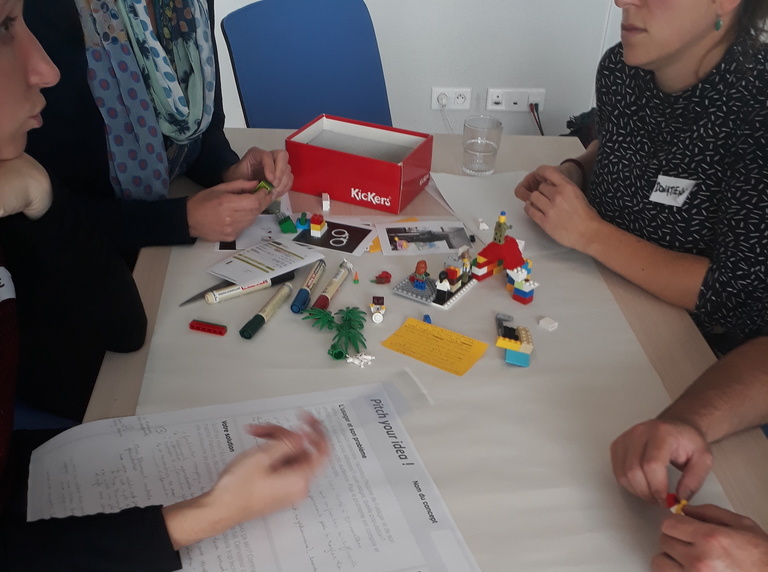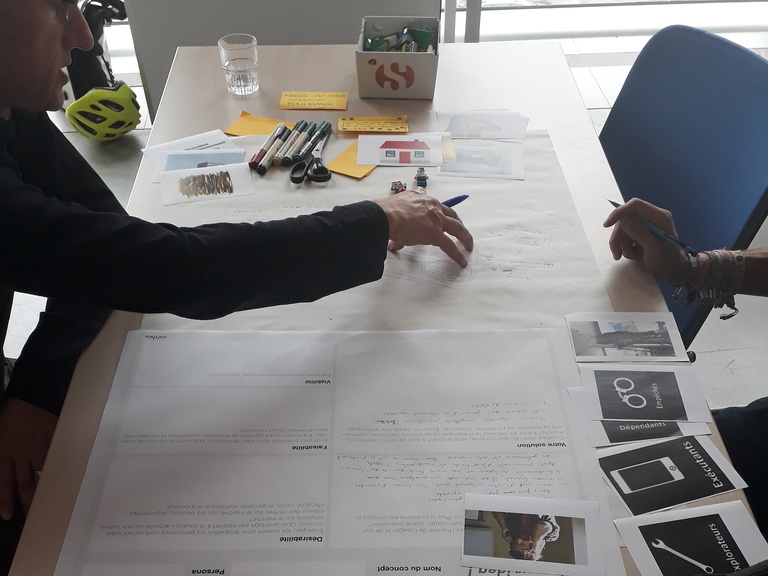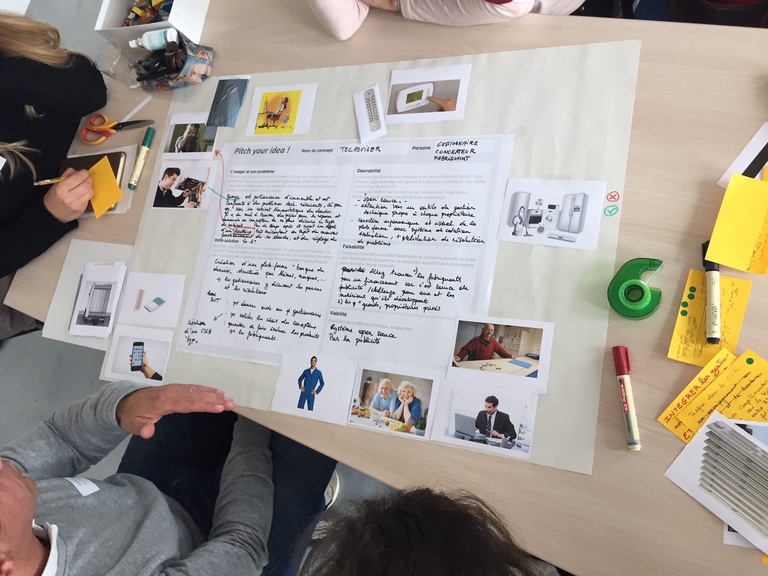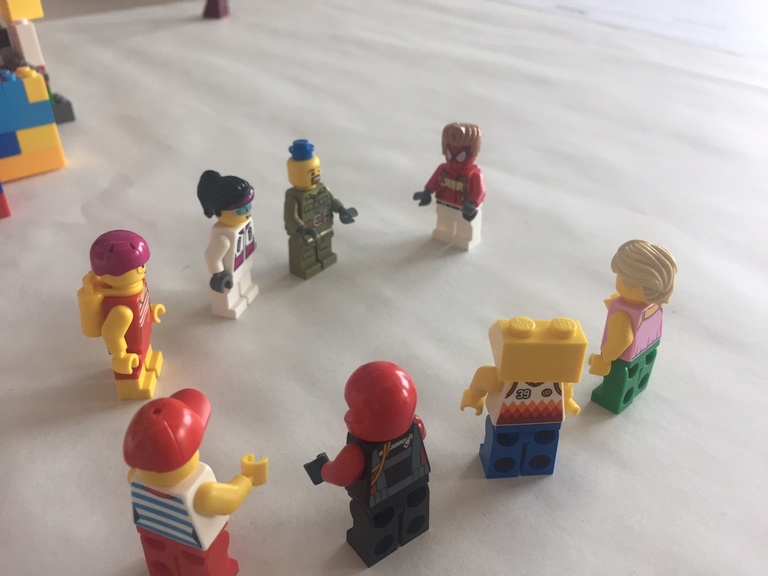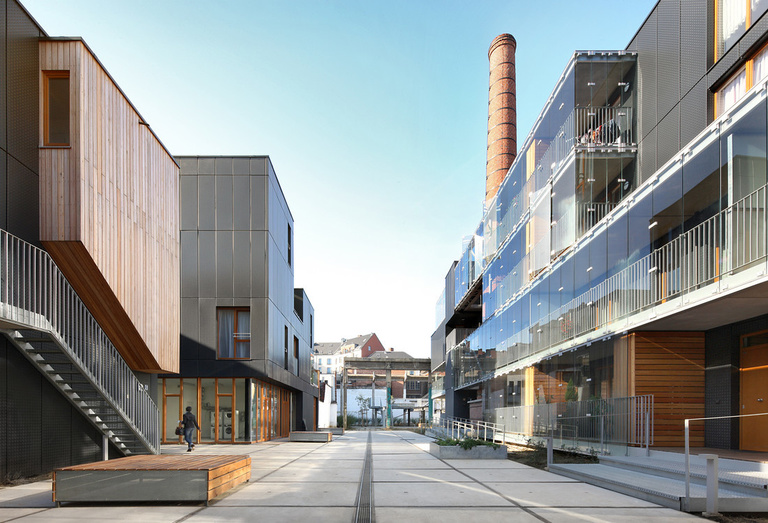
Energy-efficient housing
Factoring people into projects
Housing
Co-design
Policy Making
Social innovation
Energy
Passive houses are more ecological, more collective, forward-looking and becoming increasingly popular. Paradoxically, they sometimes overlook the main variable: the people living in them – who inadvertently end up testing the technical innovations designed for them.
As a worldwide pioneer, the Brussels-Capital Region has been rolling out a bold policy to promote high-energy-efficiency buildings for years. Every new building in the city has to be energy-efficient, i.e. meet new construction standards aimed at limiting energy expenditure. These new standards are transforming dwellers’ habits, and compelling them to adapt and change the way they live in these buildings.
Understanding how people live in these housing units – and the difficulties they might have making these new-generation houses homes – is one of the keys to help this kind of programme grow roots and scale up countrywide. Additionaly, this understanding will also ensure society continues to see sustainable development in a positive light.
Méthos worked for Bruxelles Environnement to think of new courses of action. We based ourselves on a sociological study carried out with inhabitants of Brussels in their high-efficiency homes.
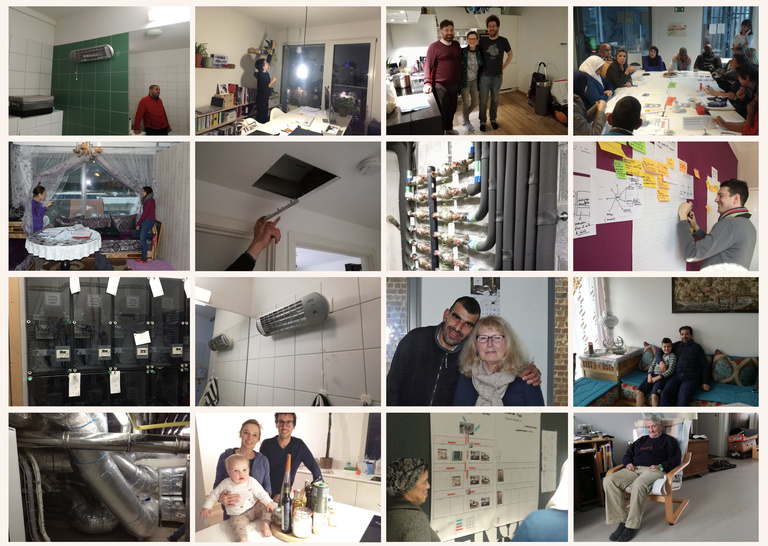
New habits for new habitats
Following an inductive method, we started by delving into people’s daily lives in their high-performance homes. We prepared four monographs on buildings based on on-site interviews with dwellers and a survey covering the professionals and other stakeholders around buildings. We spoke to architects, building contractors and social and private landlords, to complete the picture of the whole ecosystem involved in designing, developing, building and managing high-efficiency buildings.
The questions were aimed at understanding:
• How people live in high-performance buildings, how they perceive them and how their habits have evolved in them
• The ecosystem around high-performance buildings: the people in it and how they interact
• How to steer development of high-performance buildings more closely and carefully, and how to help dwellers to feel more at home

Monographs of 4 buildings in the Brussels Capital Region
A disconnec- tion between stakeholders
Dwellers are only one link in the chain (often the weakest one). And they feel they’re on their own once they are handed the keys. Our study maps out the relationships and interaction (or lack thereof) between building professionals during the design, construction and subsequent management stages. It pinpoints the communication gaps and the lack of formal channels for interaction, and how that affects the sense of belonging and daily life in buildings.
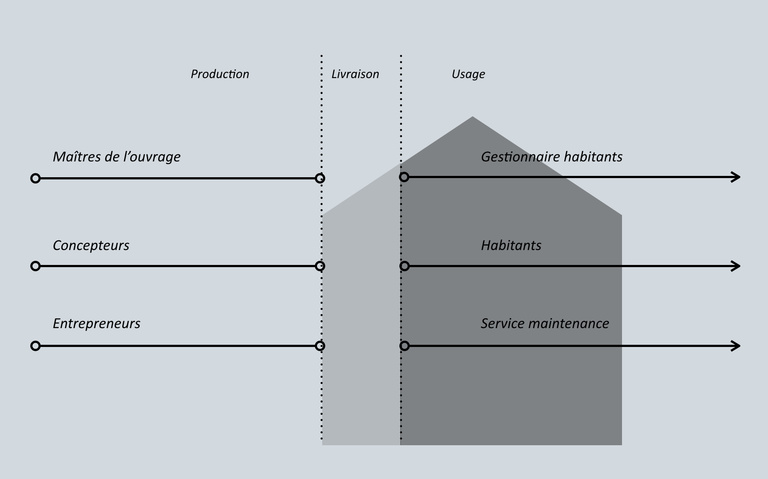
The construction sector’s stakeholders aren’t connected enough. Excerpt from Méthos' report.
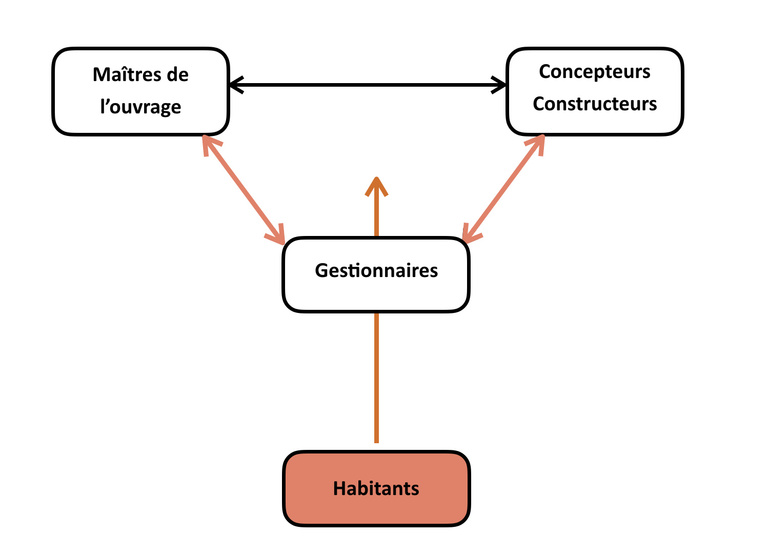
Very few of the stakeholders are in touch with dwellers. Excerpt from Méthos' report.
The ethnographic approach shows that high-efficiency buildings are a social construct and that the mechanisms to make them happen have not yet been thought through.
Different ways of living
High-performance homes apply the same thermal comfort standard for everyone (19.5° C). The study, however, shows that comfort is a very personal notion. Different people feel comfortable at different temperatures. So many of them are unhappy with this standard. Some use space heaters, others leave their windows open, which defeats the whole purpose, increasing energy consumption in buildings that were designed to do the opposite.
Dwellers don’t only have different preferences regarding indoor temperature: they also have different ways of dealing with the technical aspects and liaising with organisations. These dimensions also have a positive or negative impact on the way people live in their high-efficiency homes. Méthos developped four profiles (see diagram) to understand these differences and start translating them into scenarios for action.
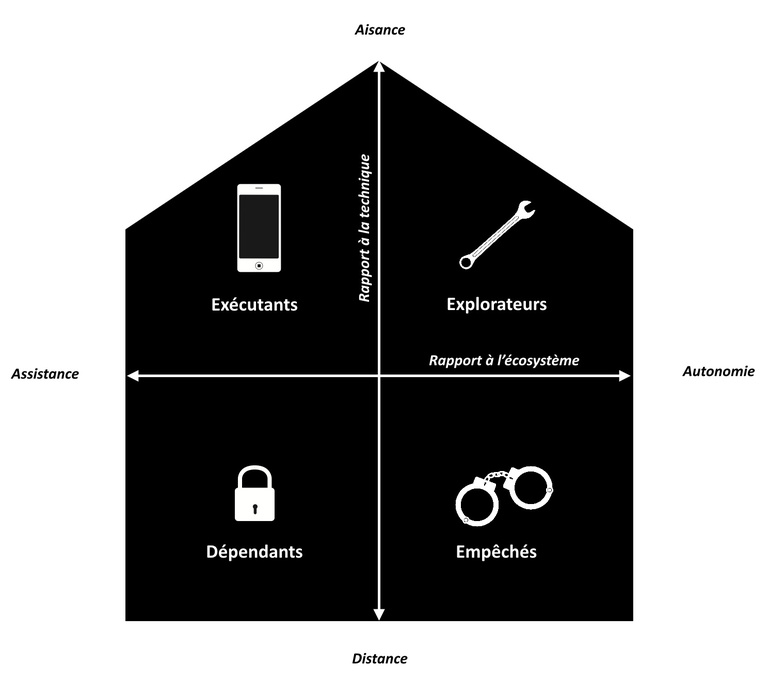
Four dweller profiles. Excerpt from Méthos' report.
Providing support
The study found that “facilitators” play a central role. They can be residents, professionals, architects, caretakers or social workers. They step in and freestyle as social and technical mediators in all the situations where dwellers feel abandoned.
L'initiative "ambassadeurs du passif" lancée par l’asbl Bonnevie à Moleenbeek
By including residents we added an essential dimension to a building’s energy performance: the human performance
Co-designing solutions
After the study, we started a participatory phase in order to find ways forward and possible leads to direct action. We moderated co-design workshops with Bruxelles Environnement and then opened up the conversation to include other stakeholders as well as residents.
We later shared our study findings in a series of workshops. The goal was to help participants grasp the importance of factoring the human element into high-performance building development, and to help oil the wheels in the ecosystem around buildings. These conversations ultimately had a positive impact on the people living in the buildings.
The team at Méthos is able to combine scientific rigour and creativity. They most importantly take a holistic approach to the issues, combining the human element and their eagerness to share their knowledge.
Gaëtan Quinet, Managing Architect, Division Energy, Air, Climat and Sustainable buildings. Bruxelles Environnement.
Read more
• The study’s takeaways (abstract .pdf) in French and Dutch
• Description of one of the buildings: le Belle Vue in Molenbeek (.pdf in FR)
Project conducted in partnership with Gaëtan Brisepierre, sociologist of energy.
